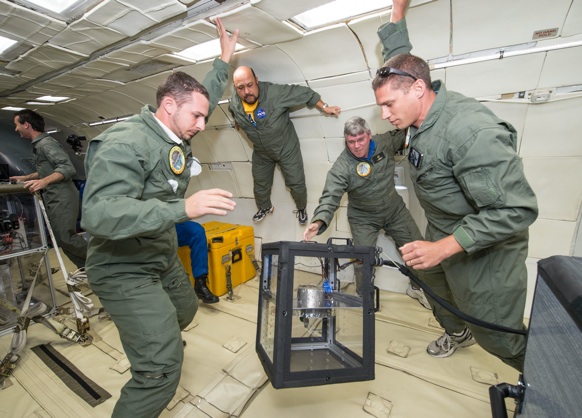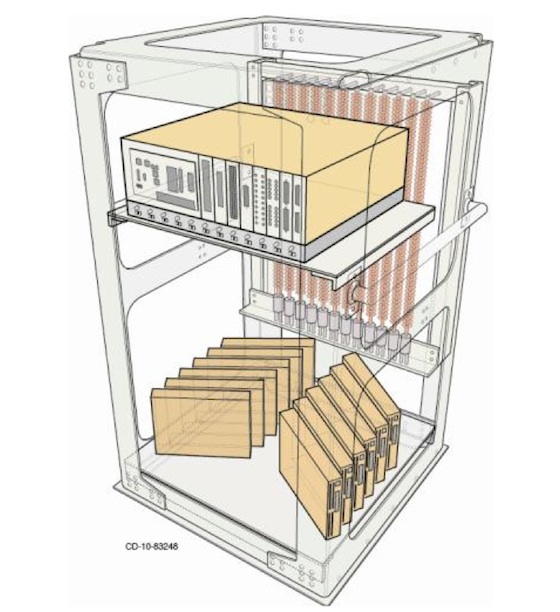Heat Pipe Limits in Reduced Gravity Environments
PI: Marc A. Gibson, NASA/Glenn Research Center
PI: Marc A. Gibson, NASA/Glenn Research Center

- TA03 Space Power & energy Storage
- TA14 Thermal Management Systems
Evaluating thermosyphon performance in 1g may lead to overestimating thermosyphon performance in 0.16g. Heat pipes have been studied thoroughly in 0 g and thermosyphons have been studied in 1g. However, the study of thermosyphons operating in a 0.16g environment is absent from the literature. Indeed, parabolic flights in the low-g aircraft are the only practical means of achieving Technology Readiness Level (TRL) 6, the demonstrating of thermosyphon performance in a relevant 0.16 g environment. The reciprocal dependence on acceleration due to gravity must be incorporated in the design of thermosyphons for FPS radiators and the proposed activity will validate the model needed to predict gravity-dependent flooding.
The TRL for modeling of thermosyphons will mature from one validated in a 1g laboratory environment (TRL 4) to a model validated in a 0.16g relevant environment (TRL 6).
Thermosyphons are included in the baseline radiator technology for the Technology Demonstration Unit ground test currently under way at NASA Glenn Research Center. Envisioned to operate for 8 years on the lunar surface, thermosyphons will be needed in the FPS radiator to provide redundancy for micrometeoroid impact risk mitigation. The commercial applications or other characteristics that may be benefit from knowledge gained include other lunar or Martian assets.
The planned test process is to monitor temperature in an array of twelve identical low-mass thermosyphons where a sudden increase in evaporator temperature serves as the indicator for flooding.
The test rig consists of three basic components. First, a thermosyphon array contains twelve identical thermosyphons (red vertical bars in below image). Each thermosyphon has a heater block and four electric cartridge heaters. Next, the rig contains a subsystem of twelve power supplies. Each power supply is controlled independently to deliver a range of wattages to the thermosyphon array. Finally, the rig contains a Data Acquisition and Control (DAQ) system. The DAQ system monitors thermocouples placed at strategic locations on each thermosyphon and controls power supplied to the twelve thermosyphons. The DAQ runs on LabView Realtime software.

Technology Details
-
Selection DateAFO1 (May 2011)
-
Program StatusCompleted
- 3 Parabolic
Development Team
-
PIMarc A. Gibson
-
Organization
-
SponsorNASA

